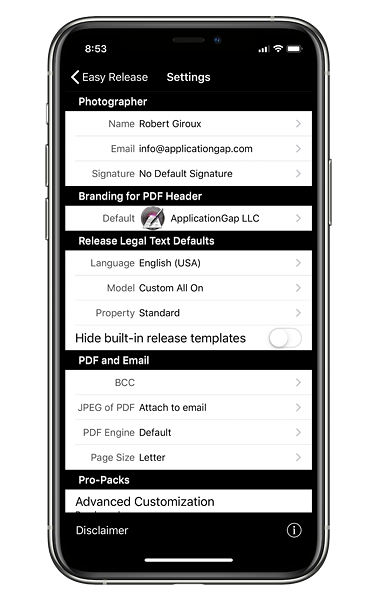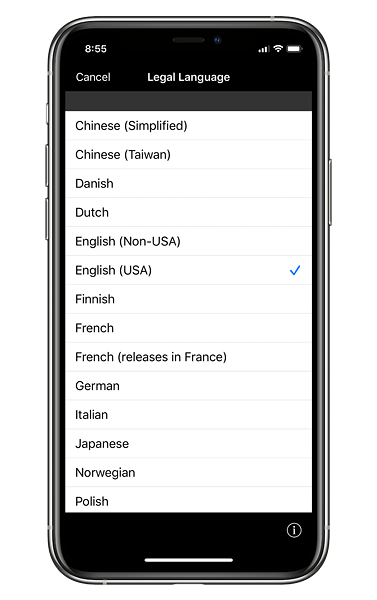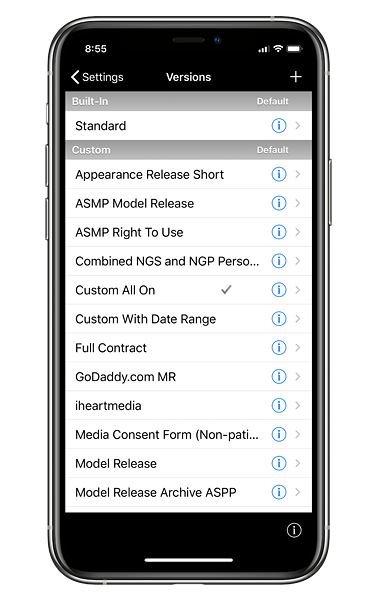I enjoy making connections with people. While I struggle with the social skills to connect with folks, my wife thrives in making connections.
Over the years I have discovered my gift of telling stories and teaching. Teaching seems to be my best gift. I am not sure if I am a good teacher because I know how to get the message across (from years as a journalist) or my obsessive-compulsive behavior.
Maybe it is a little of both. I don’t like giving up and will work at being sure if a person wants to understand something I know about, then I will work at it until I find a way to help them understand.
 I have been taking some time thinking about connecting with audiences. I bought an iPad this week because one of my clients has started to issue these to their people to use. I found out that I needed be sure the work I was producing was working on it.
I have been taking some time thinking about connecting with audiences. I bought an iPad this week because one of my clients has started to issue these to their people to use. I found out that I needed be sure the work I was producing was working on it.
This was a difficult buy for me to do. I would have rather bought a tablet that played flash files so that everything that is on the web would work on the device. But the reason I was buying the iPad was to ensure that my audience was getting the messages I was creating.
There are other things that I have learned to do so that I could connect with an audience. A few years ago I dipped my toes into blogging. I learned how to post a photo, video and text.
Just in the past few months I decided to dive into blogging. I am posting three times a week and slowly building a larger audience. I am using analytics to see how often my blogs are viewed. I am using analytics to see how long someone watches a slide show. Do they watch all of it on average? I am doing the same now with videos.
The analytics show me that more and more of the audience is using smart phones and tablets to view my blog.
As my blog continues to adapt by posting images that are viewable on more devices like the iPad and iPhone more folks are returning to read the posts.
I am also fascinated as to what things are more popular than others. If I post a how to article with a list of points I know it will get a better audience than just a photo with a small caption on something I saw. This is also true with the videos.
Variety is the spice of life 1,010 Pageviews
Jealousy, Selfish Ambition & Envy 760 Pageviews
How to be critiqued 385 Pageviews
Good photographers play… 374 Pageviews
Three Stages of Composition 343 Pageviews
Learning to see light 2,016 views
Café Justo (Just Coffee) 523 views

I like seeing how I am connecting to the world
Because I am blogging 3 times a week, I now understand things that I didn’t before. I understand how difficult it is for my clients to connect with their audience.
My challenge is simple for those involved in communications, if you are not creating content for a passion of yours where no one has to approve of your material how are you going to be able to help your clients? I believe every professional communicator needs to create a blog. The exercise will help you be more valuable to your clients.






